The alliance that you share with your cute puppy is a remarkable thing. It gives you joy in nearly every minute of your day – except when it’s time to vacuum.
But hair shedding is a severe problem for many pet owners. As a pet owner, you have likely come to terms with regular house cleaning, especially during shedding season, which is the norm.
While you all love our furry friends, it is essential to tackle pet hair for the hygiene and health of everyone at home. But, unfortunately, puppy hair has a way of getting everywhere.
It gets in the carpet and furniture, sticks to your clothes, and even inside your car. It’s a minimal price, but it makes
you wonder how to deal with dog hair.
The great news is that you can use simple tricks to keep your house hair-free without limiting your dog’s access. So let’s think about what you can do to deal with your dog’s stray hair.
Why Do Some Dogs Shed a Lot?
Before cleaning up a bunch of furs, it’s helpful to understand why your puppy sheds. There are some reasons why this can happen and can be controlled to an extent.
It’s no secret that dogs have several types of coats. Your dog’s coat will significantly affect how much hair leaves around your house. Let’s clear up something here – every dog shed.
Read Also: Dog Shedding: Everything You Need to Know About
However, how much dogs shed can vary quite a bit. It’s a misconception that hypoallergenic dogs don’t shed at all but tend to shed relatively less than other breeds.
Understanding what is considered an average amount of shedding for your particular faithful friend is essential. Dogs with long hair, fur, and thick undercoats are the biggest shedders. These types of dogs include breeds like:
- German Shepherds
- Labrador Retrievers
- Siberian Huskies
- Chow Chows
- The Great Pyrenees
- Golden Retrievers
These dogs often shed hair as their coat constantly replaces themselves. Likewise, old fur falls off as new fur grows into place. The weather also affects this cycle.
On the opposing end of the range, you’ll find some dogs that shed pretty less. However, you still need to get off the theme for grooming. Dogs in this type are generally smaller dogs and include breeds like:
- Poodles
- Bichon Frise
- Shih Tzus
- Scottish Terriers
- Schnauzers
- Havanese
Dogs shed their coats to a certain degree. It allows them to eliminate their old, damaged hair and keep a healthy upper coat.
How To Remove Pet Hair
Here are some expert tips that should help you quickly clean up the fur!
Groom Your Dog Daily
Dogs shed fur all the time as their hair reaches the catagen phase. So make grooming a regular part of your pet’s care routine. Brush your dog as often as possible. Always use brushes and combs that are designed for their coat type.
A bristle-type brush is suitable for short-haired dogs, while a rake brush is for those with longer fur. Your veterinarian will suggest brushes that will work best on your dog’s hair.
Read Also: How To Reduce Excessive Shedding In Dogs?
Regular baths
Bathing your dog removes that unpleasant doggy smell and also helps in removing loose fur that would otherwise end up on your floors and couch. It would help to brush your puppy before bathing, as it eliminates excess hair. Always use dog bathing products that are formulated to reduce shedding. Moreover, use a shampoo and conditioner designed for dogs.
Vacuum Daily
Vacuuming is one of the best ways to prevent dog hair. A regular vacuum with extensions for accessing a room’s nooks and gaps should suffice, but you should invest in a vacuum that targets pet hair. These are often created with a tangle-free brush that can remove fine hair from stairs, upholstery, and vehicles.
You can run a rubber brush over furniture and carpet if you don’t have time to vacuum. Remember to clean where fur balls build up and hide, such as under beds, radiators, and around table legs. Vacuuming also reduces the doggy smell from becoming too intense around your home.
Sweep or Mop Floors
Vacuum or sweep hair daily from hardwood floors before it can build up. Always use a pet hair removal broom with soft, scratch-proof bristles. They sweep up hair from hard floors and are designed to be combed over the bedding, carpet, and clothing to lock onto dog hair.
Clean Bedding
As dog hair is probably to stick to comforters, quilts, sheets, and pillows, you’ll want to launder all your bedding at least once a week to keep pet fur at bay. Also, remember to clean the collected fur from your dryer’s lint screen regularly.
Read Also: How To Make Your Dog’s Coat Shiny?
Add Some Oils to Your Dog’s Diet
Adding moisture to your dog’s diet can enhance their skin and coat quality and reduce shedding. Olive, Flax, and coconut oil are good choices found in supermarkets. You can mix it into his food, feed a spoonful to your dog, and massage a bit of oil topically into his skin and fur.
Don’t Forget to Dust
Depending upon your dog’s size and breed, you may find dog hair on hard surfaces such as tables and shelves. Vacuum or dust these areas daily to remove fur. Wipe the kitchen and bathroom counters with a wet cloth to collect hair.
Give Dog Designated Sleeping Areas
If dog hair is a problem on furniture or bedding, giving your pet a bed can help prevent sleeping where you don’t want their fur. If you still can’t keep your dog off certain areas, covering chairs and beds with sheets or blankets will help protect furniture from getting coated.
With little effort and care, you can make dog shedding less noticeable. If you are worried about your pet shedding or adopting a puppy that sheds, do not worry; it’s just part of their natural behavior. It is obvious that cleaning a dog is a bit of a hassle, but the love and joy he brings you is more than that.
Conclusion
Dealing with puppy hair shedding can be challenging, but with these tips, you can keep your home clean and your furry friend happy and healthy. It’s essential to stay patient and consistent when dealing with puppy shedding. Your furry companion will ultimately thank you for it.

 DogExpress
DogExpress

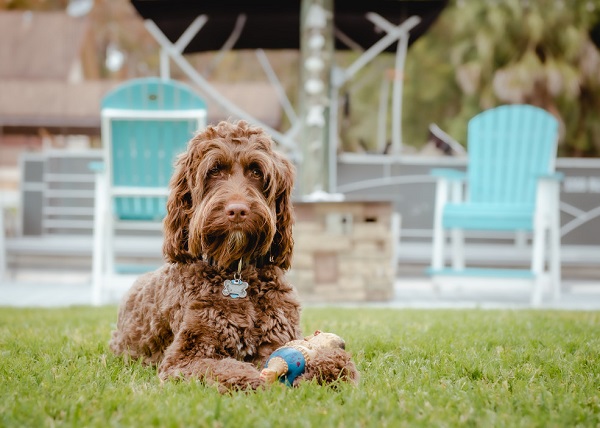
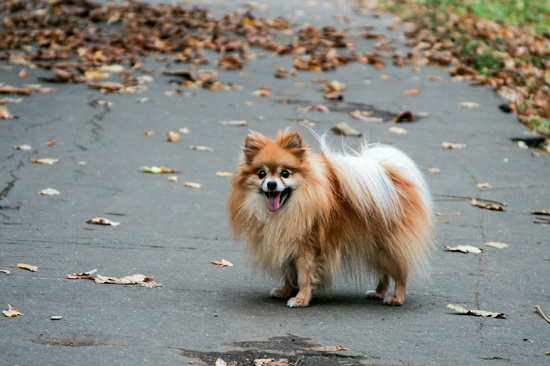
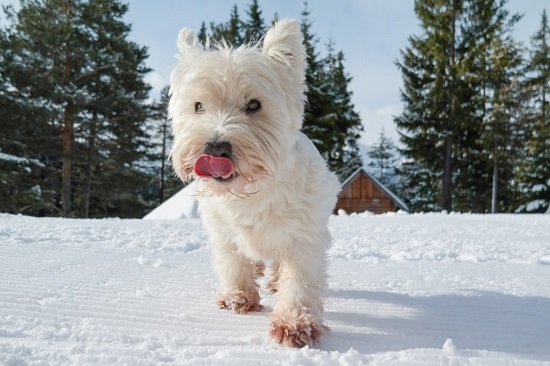
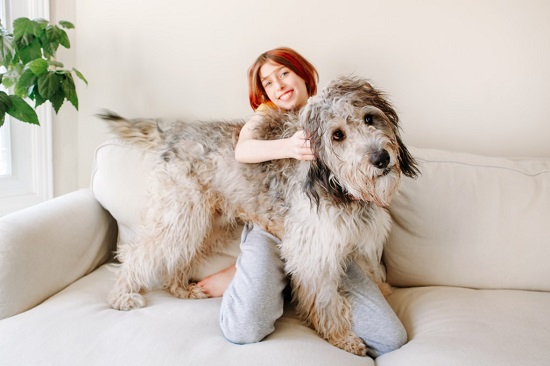



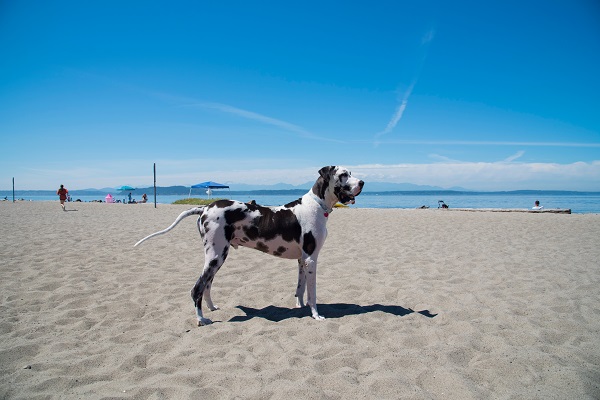












 in Chandigarh, India.
in Chandigarh, India. 
